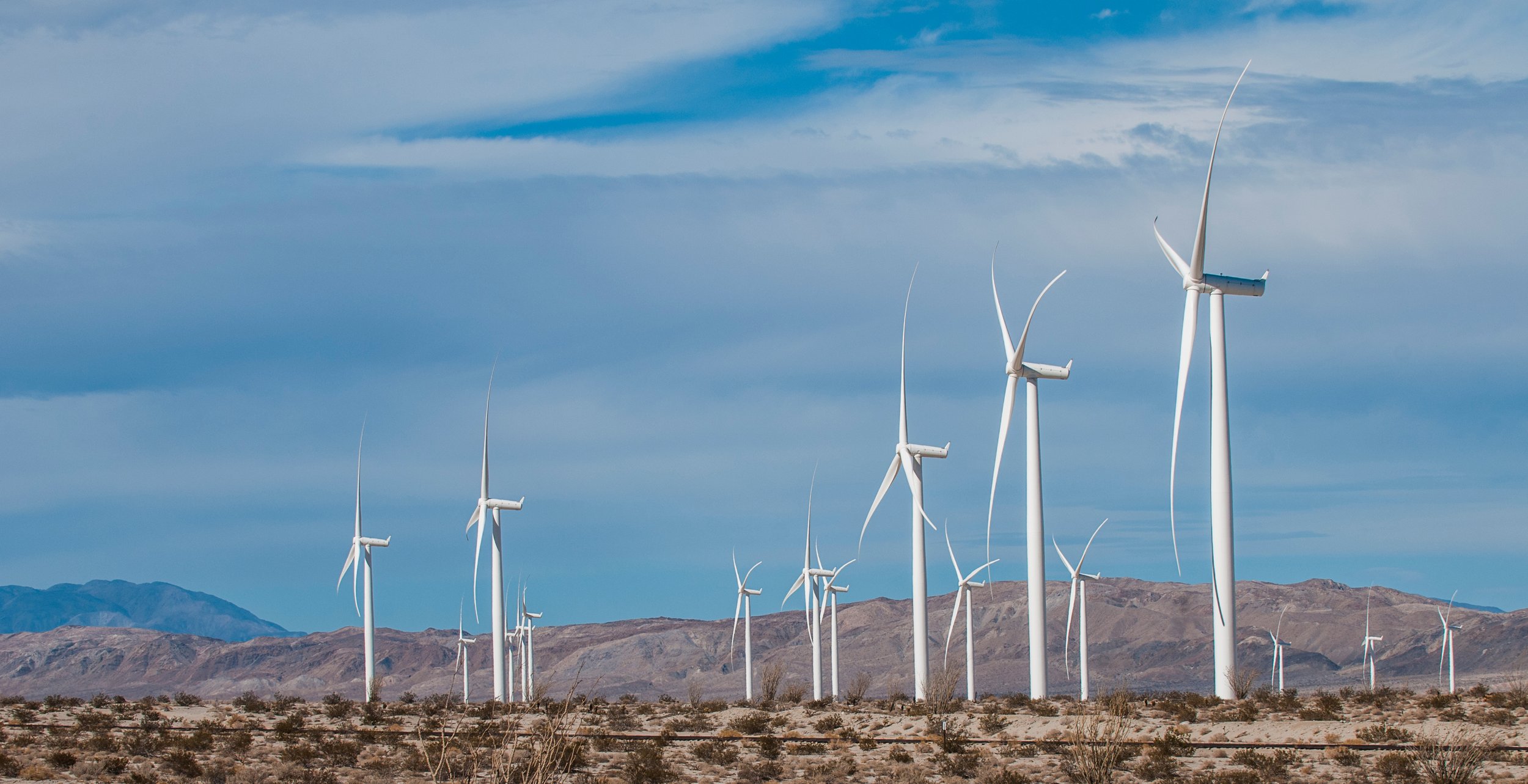Can Mexico Unlock Its Renewable Energy Potential?
Mexico’s Renewable Energy market has received the attention of global stakeholders in recent years after the partial liberalization of the energy market in 2014. This reform allowed global corporations to participate directly in the electricity market through Power Purchase Agreements (PPA). In 2019, for example, Mars Inc. signed a 15 year PPA with Vive Energia and Envision Energy. However, Mexico is currently undergoing a political shift with plans to reform the energy sector once again, reverting back to a nationalized electricity market. This shift, if realized, will make it more difficult for corporations to find renewable energy options to meet their decarbonization targets.
Despite these challenges, Mexico is moving ahead with global initiatives such as the Paris Agreement and has made a non-conditional commitment to a 22% reduction in greenhouse gas emissions by 2030. National targets for clean sourcing of the total electricity mix have been set to 35% by 2024, 40% by 2035 and 50% by 2050. The private sector is also moving ahead with climate commitments, with Coca-Cola FEMSA becoming the first Mexican company to align its emission reduction targets to the Paris Agreement. However, with the current restrictions in the renewable energy market, much of the responsibility of decarbonization will fall to the Mexican government. Mexico’s potential for renewable energy development is considerable and opportunities exist to promote a variety of different technologies.
Renewable Energy Potential in Mexico
In 2021, Mexico published their latest PRODESEN (National Electrical System Development Plan), outlining the different ways in which the country is addressing their energy transition. Mexico’s wide and varied territory has made it one of the most viable countries for renewable energy globally, with the potential for technologies such as solar, wind, geothermal, and bioenergy to be deployed at scale.
Solar
Mexico is the third most attractive country in the world to invest in photovoltaic solar projects with solar radiation exceeding 5kWh per square meter per day. The entire country is located between 15 ° N and 35 ° N, favorable latitudes for solar radiation. Given Mexico’s major solar resource potential, installed solar PV capacity could rise from 5 GW to 30 GW in 2030 under REmap 2030, the plan to double the share of renewable energy in the world between 2010-2030. This is projected to consist of 60% utility-scale projects and 40% rooftop installations.
Wind
With a competitive market, Mexico has seen a significant reduction in wind costs over the last few years and high potential remains for wind energy development in the country.There are five regions with high wind source potential in Mexico: the Isthmus of Tehuantepec (Oaxaca), the State of Baja California, the coast of the Gulf of Mexico, the Northern and Central Region, and the coast of the Yucatan Peninsula. The Ministry of Energy expects that the generation of electricity from wind will increase by a total of 388% by 2031. Estimates show that there is a high quality wind resource potential for up to 30 GW of onshore wind for 2030.
Source: Enerdata, 2020
Geothermal
The Geothermal Energy Law (LEG) was published along with the Industrial Electric Law (LIE), and is aimed to regulate the recognition, exploration, and utilization of geothermal resources to utilize the subsoil thermal energy within the national territory limits. Mexico is ranked as the 6th in terms of countries producing geothermal energy. However, the generation of energy from geothermal sources has remained constant over the last few years. SENER (Secretariat of Energy) expects that the electricity from geothermal energy will increase by a total of 365% by 2031, seeing many projects are still in the exploration phase.
Bioenergy
The Law for the Promotion of Development of Biofuels was enacted on February 1st, 2008 in order to promote the production, trading, and use of biofuels and therefore contribute to sustainable development, energy, and energy diversification. In 2018, the first generation plant in the Mexican Sugar Industry opened with a capacity of 50MW. The $61 million project uses waste from sugarcane milling to generate steam for electricity production. Biomass from wood residues and waste are estimated to cost around USD $3.3/GJ in 2030. The potential of sustainable wood supply is distributed throughout the country. It is more concentrated in the peninsular area in the South and in the Sierra Madre Oriental and Sierra Madre Occidental mountain ranges in north-eastern and western Mexico. Dedicated energy crops are the second largest source of biomass after wood, including; eucalyptus, sugar cane, sugar beet, sweet sorghum and palm oil.
Looking Ahead
The future of the Mexican renewable energy market will depend heavily on the actions of the government. If the courts uphold the current administration’s plan to nationalize the electricity market, the private sector may face hurdles in achieving their renewable energy targets. However, with the country's vast land and natural resources, renewable energy technologies have the potential to grow significantly given the right policy and market incentives.
Looking To Procure Renewable Energy In Mexico?
Although the political state of the country seems uncertain, there are still numerous ways in which corporations can move forward with their decarbonization goals within Mexico. To learn more about the present-day Renewable Energy procurement options in the Mexican Market, make sure to read our latest Market Report on Mexico, with access to information from local stakeholders as well as our Market Meetup: Mexico webinar recording from March 24th.



